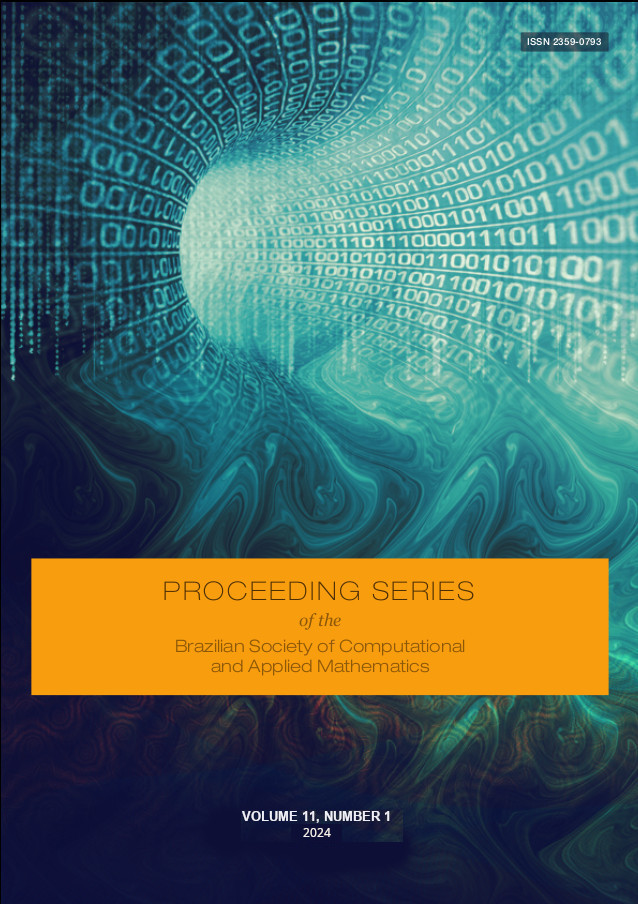Computational simulations of the Buckley-Leverett equation applied to the flow of two-phase fluids
DOI:
https://doi.org/10.5540/03.2025.011.01.0367Palavras-chave:
Partial Differential Equations, Numerical Methods, Fluid DynamicsResumo
The purpose of this work was to investigate the flow of two-phase fluids via the Buckley-Leverett equation, including dispersive and diffusive terms. For this, a weighted essentially non-oscillatory scheme, a Runge-Kutta method and a finite difference scheme were computationally implemented. The use of these methods made it possible to obtain numerical solutions, without excessive numerical dispersion and dissipation, sufficient to assist in the understanding of the mixing profiles of saturated water and petroleum fluids, inside pipelines filled with porous material. In addition, the impact of adding such terms in the original equation has been studied.
Downloads
Referências
S. E. Buckley and M. C. Leverett. “Mechanism of fluid displacement in sands”. In: Transactions of the AIME 146 (1942), pp. 107–116. doi: 10.2118/942107-G.
R. O. Garcia and G. P. Silveira. “Essentially non-oscillatory schemes applied to Buckley-Leverett equation with diffusive term”. In: Latin-American Journal of Computing 11(1) (2024), pp. 42–55. doi: 10.5281/zenodo.10402169.
G-S. Jiang and C-W. Shu. “Efficient implementation of weighted ENO schemes”. In: Journal of Computational Physics 126 (1996), pp. 202–228. doi: 10.1006/jcph.1996.0130.
R. J. Leveque. Finite Volume Methods for Hyperbolic Problems. New York: Cambridge University Press, 2002. isbn: 0-521-81087-6.
C-W. Shu and S. Osher. “Efficient implementation of essentially non-oscillatory shock capturing schemes”. In: Journal of Computational Physics 77 (1988), pp. 439–471. doi: 10.1016/0021-9991(88)90177-5.
Y. Wang and C-Y. Kao. “Central schemes for the modified Buckley–Leverett equation”. In: Journal of Computational Science 4 (2013), pp. 12–23. doi: 10.1016/j.jocs.2012.02.001.

